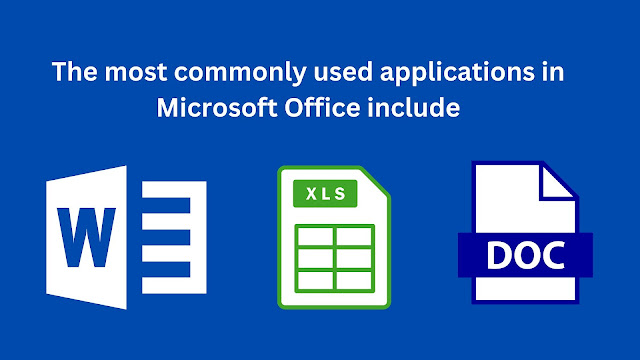Social media marketing is the process of using social media platforms such as Facebook, Twitter, LinkedIn, Instagram, and others to promote a product, service, or brand, and engage with potential customers. The goal of social media marketing is to increase brand awareness, drive website traffic, and ultimately generate more sales.
There are several key elements to a successful social media marketing strategy:
There are several key elements to a successful social media marketing strategy:
- Platform selection: Choosing the social media platforms that are most relevant and effective for reaching a target audience.
- Content creation: Developing engaging and shareable content that is relevant and interesting to a target audience.
- Posting schedule: Establish a consistent posting schedule to maintain an active presence on social media and keep followers engaged.
- Community management: Responding to comments, messages, and reviews in a timely and professional manner to build a positive reputation and relationship with followers.
- Advertising: Utilizing paid advertising options such as promoted posts, sponsored content, and social media ads to reach a larger audience and drive more website traffic.
- Analytics: Tracking key metrics such as engagement, reach, and conversions to measure the success of a social media marketing campaign and make adjustments as needed.
- Influencer marketing: Partnering with individuals who have a large following on social media to promote a product or service.
Social media marketing is a cost-effective and powerful way to reach a large and engaged audience. As social media platforms continue to evolve and expand, it's important to stay up-to-date with the latest best practices and trends in order to effectively market a business on social media.














 সুদক্ষ Mentor দ্বারা দক্ষতার সহিত Graphic Design শেখানো হয়
সুদক্ষ Mentor দ্বারা দক্ষতার সহিত Graphic Design শেখানো হয়

 সুদক্ষ এবং অভিজ্ঞ Mentor দ্বারা Web Design শেখানো হয়।
সুদক্ষ এবং অভিজ্ঞ Mentor দ্বারা Web Design শেখানো হয়।
 সুদক্ষ এবং অভিজ্ঞ Mentor দ্বারা দক্ষতার SEO and SMM শেখানো হয়।
সুদক্ষ এবং অভিজ্ঞ Mentor দ্বারা দক্ষতার SEO and SMM শেখানো হয়।
 সুদক্ষ Mentor দ্বারা দক্ষতার সহিত Video Editing শেখানো হয়
সুদক্ষ Mentor দ্বারা দক্ষতার সহিত Video Editing শেখানো হয়

 সুদক্ষ Mentor দ্বারা Microsoft Office Application শেখানো হয়।
সুদক্ষ Mentor দ্বারা Microsoft Office Application শেখানো হয়।
 সুদক্ষ এবং অভিজ্ঞ Mentor দ্বারা দক্ষতার Freelancing শেখানো হয়।
সুদক্ষ এবং অভিজ্ঞ Mentor দ্বারা দক্ষতার Freelancing শেখানো হয়।









